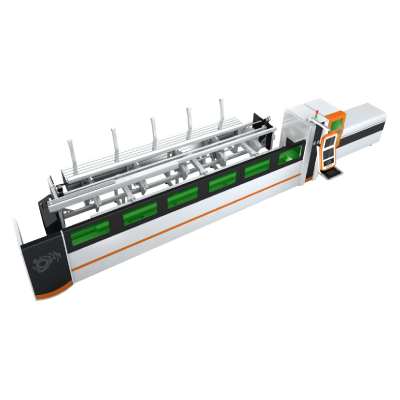
Exploring the Various Techniques and Innovations in Metal Cutting for Enhanced Industrial Efficiency and Precision
****
Metal cutting is a fundamental aspect of the manufacturing process, playing a crucial role in diverse industries ranging from automotive to aerospace. As demand for precision components continues to grow, innovative techniques and advancements in technology are revolutionizing the way metal cutting is approached. This article delves into the various methods used in metal cutting, their applications, and the impact of technological advancements on efficiency and quality in industrial processes.
Understanding Metal Cutting

Exploring the Various Techniques and Innovations in Metal Cutting for Enhanced Industrial Efficiency and Precision
Metal cutting involves the removal of material from a workpiece to achieve desired shapes and dimensions. This process can be divided into several categories, including machining, shearing, and thermal cutting. Each method employs different tools and techniques, tailored to specific material types and desired outcomes.
Common Techniques in Metal Cutting
1. **Machining**: This is one of the most common forms of metal cutting and includes processes such as turning, milling, drilling, and grinding. Machining operations typically use hard cutting tools to remove material from the workpiece. For instance, CNC (Computer Numerical Control) machining has significantly improved precision by allowing for highly automated and repeatable processes.
2. **Shearing**: Used primarily for sheet metals, shearing involves cutting by applying a high force. This technique is widely employed in various applications, such as manufacturing of metal panels, bars, and other components. Punching, trimming, and blanking are terms that often come into play here.
3. **Thermal Cutting**: This includes methods like laser cutting, plasma cutting, and oxy-fuel cutting. These processes utilize high temperatures to melt or vaporize the metal, allowing for intricate designs and clean cuts. Laser cutting, in particular, has gained immense popularity due to its ability to cut through thick materials with minimal distortion.
4. **Waterjet Cutting**: An innovative method, waterjet cutting uses a high-pressure stream of water mixed with abrasives to cut through materials. This technique is versatile, capable of cutting various materials without generating heat that could affect the material properties.

Exploring the Various Techniques and Innovations in Metal Cutting for Enhanced Industrial Efficiency and Precision
The Role of Technology in Metal Cutting
Technological advancements have significantly contributed to the metal cutting industry. The introduction of computer-aided design (CAD) and computer-aided manufacturing (CAM) systems has revolutionized design and production. These systems allow for greater accuracy and efficiency in the metal cutting process. Designers can create complex geometries that were once impossible to achieve manually.
Moreover, advancements in tooling technology have resulted in the development of cutting tools that last longer and produce better finishes. Coatings, such as titanium nitride (TiN) and diamond-like carbon (DLC), enhance tool performance by reducing friction and wear. These improvements lead to decreased operational costs and increased productivity, allowing manufacturers to better meet the demands of their customers.
Artificial intelligence (AI) and machine learning are also becoming integral in optimizing metal cutting processes. These technologies enable predictive maintenance, where potential issues can be identified before they result in machine downtime. AI algorithms analyze data from sensors and provide insights into optimal cutting speeds, depths, and tooling choices.
The Future of Metal Cutting
The future of metal cutting is likely to be shaped by continuous innovations that further drive efficiency and sustainability. The integration of Industry 4.0 principles, which emphasize automation, real-time data exchange, and smart manufacturing, will enhance the capabilities of metal cutting processes.
Furthermore, the demand for lightweight materials, such as composites and advanced alloys, is on the rise. Developing optimized cutting methods for these materials is an emerging area of research. The ability to efficiently cut these new materials will open up new possibilities in various industries, pushing the boundaries of what is possible in design and manufacturing.
Conclusion
Metal cutting remains a vital process in modern manufacturing, essential for producing high-precision components across numerous industries. As technology evolves, so do the techniques and methodologies associated with metal cutting. By embracing these advancements, manufacturers can optimize their operations, reduce costs, and maintain high-quality standards, all while meeting the challenging demands of an ever-changing market. Whether through traditional machining or cutting-edge laser technologies, the future of metal cutting is bright, promising enhanced efficiency and innovation. Golden Laser Metal Panel Cutting Machine
